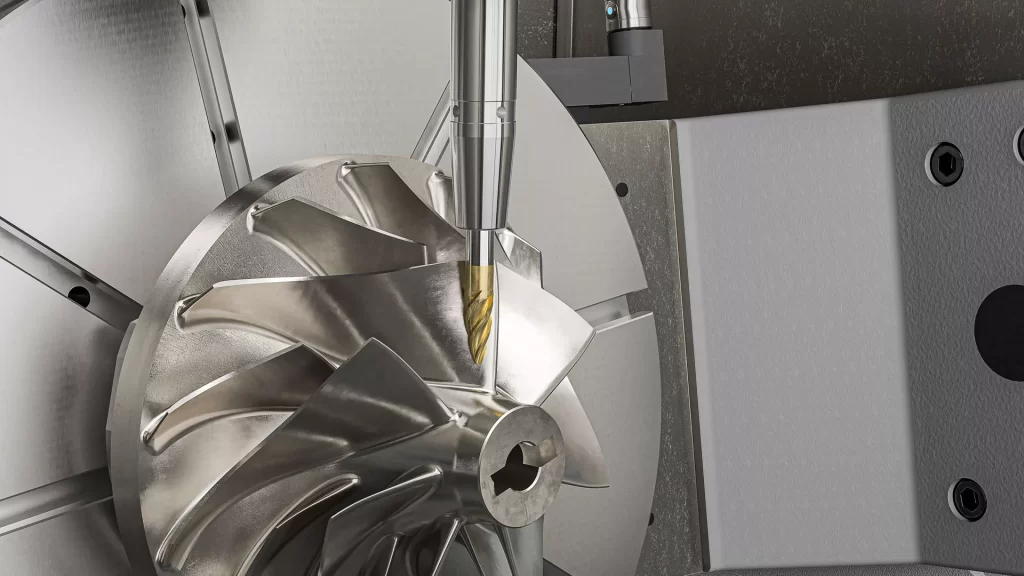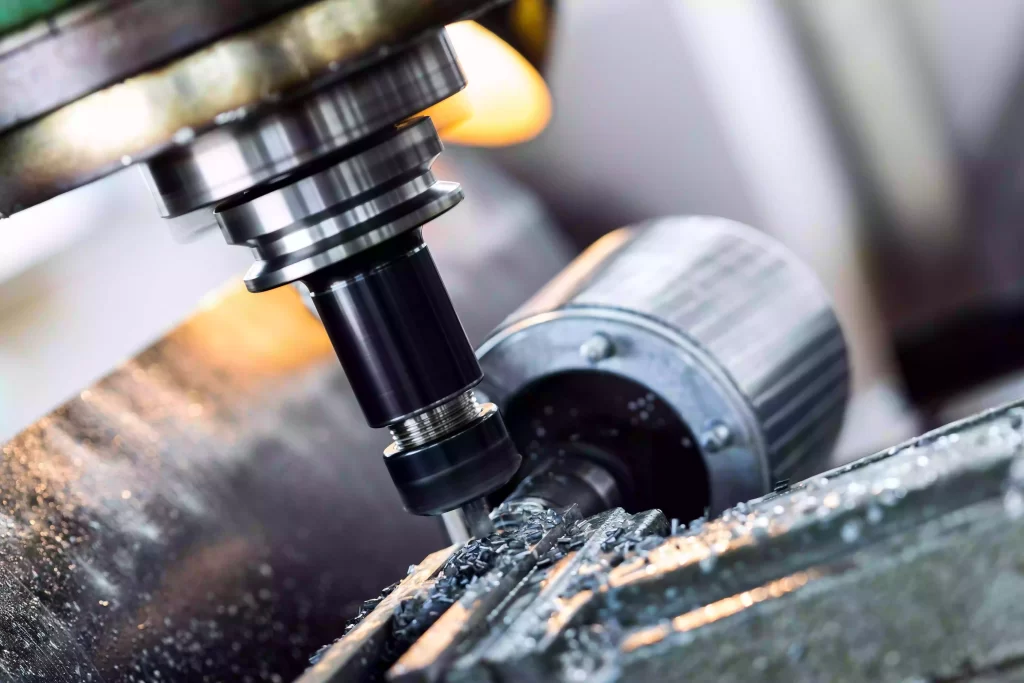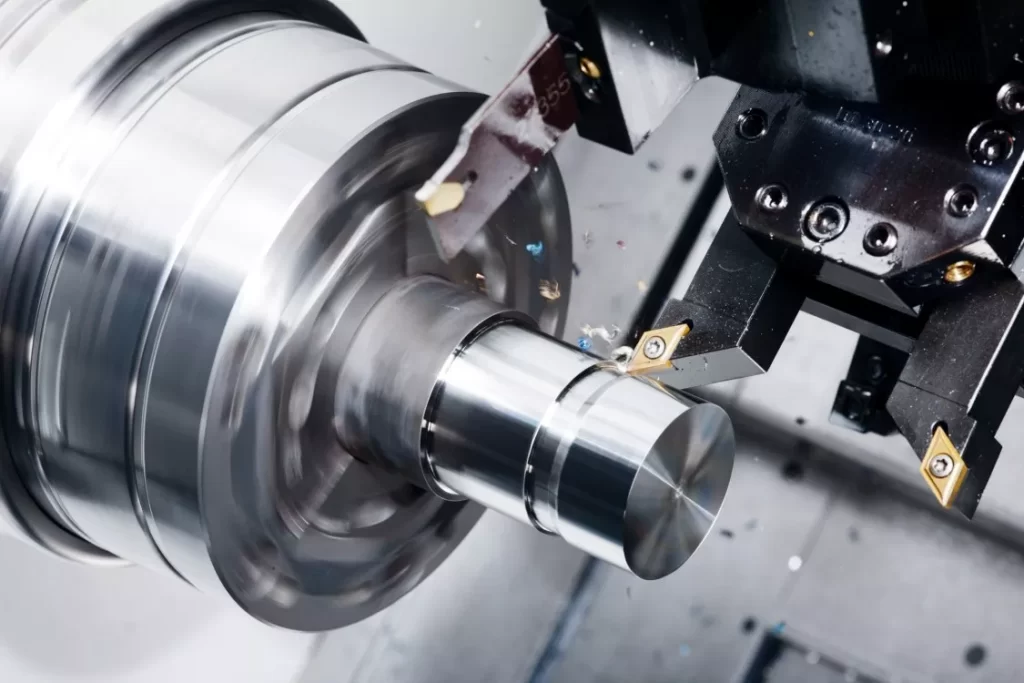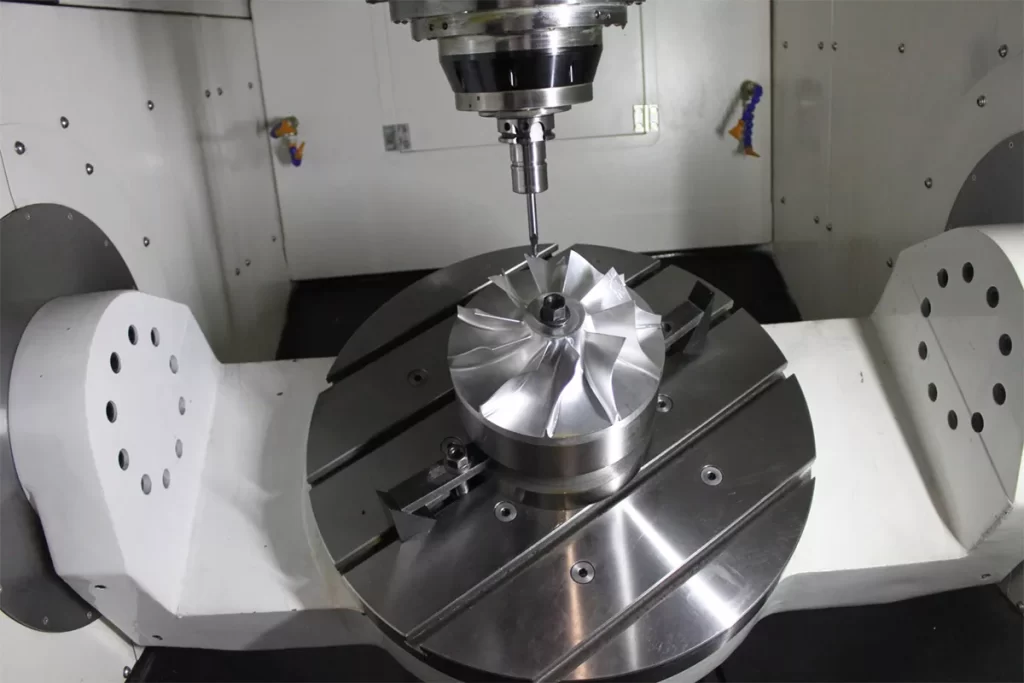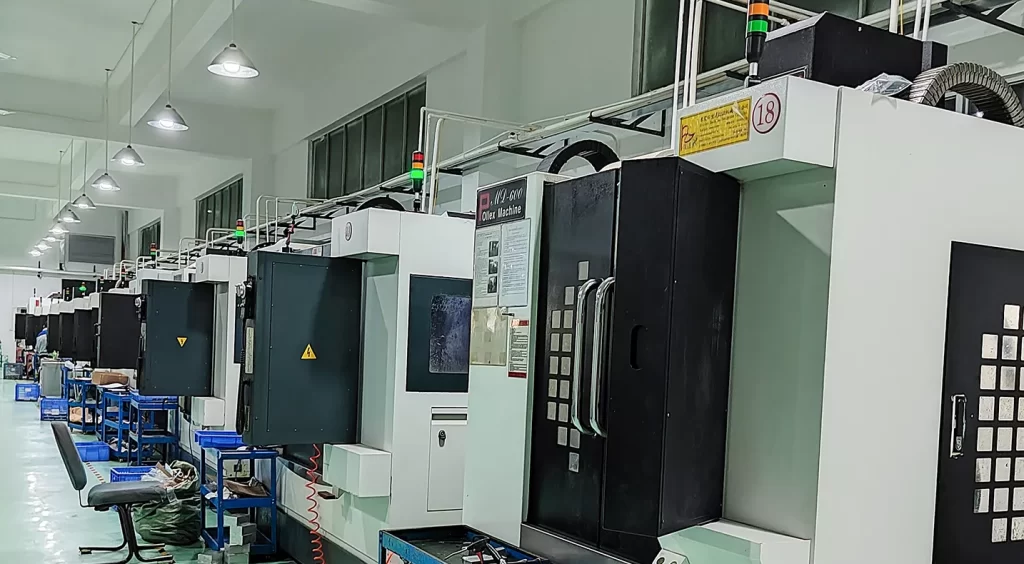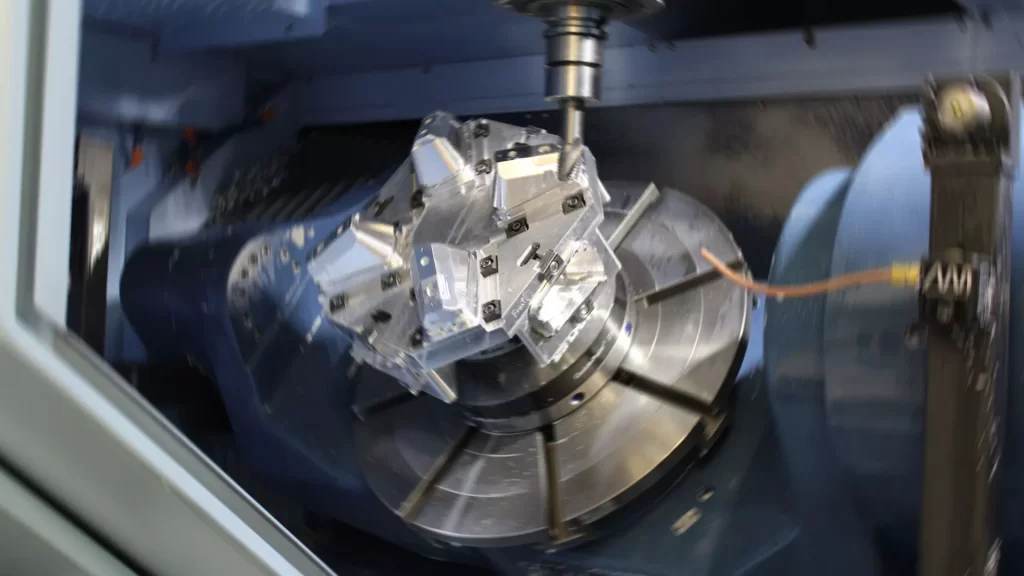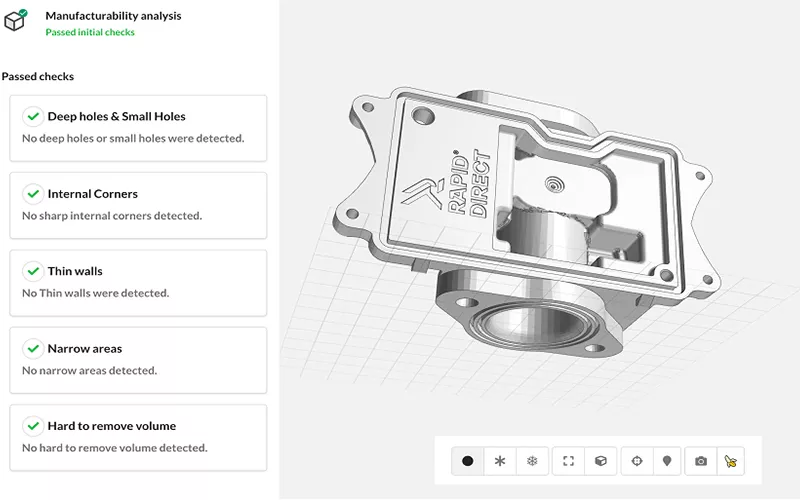CNC machines are an important part of modern manufacturing due to their speed, versatility, and high level of precision and efficiency in handling both simple and complex designs. In selecting a CNC machine for a manufacturing process there are numerous factors to consider, one of which includes the axes type. The options for the axes type range from the 3-axis CNC machine to the more complex 12-axis CNC machine. However, this article will specifically focus on the 3-axis and 5-axis CNC machines. The decision between these two types of CNC machines carries unique advantages and challenges. Let’s dive into the details of these machines and uncover their advantages and limitations and how they can influence your decision based on your manufacturing requirements.
3-Axis CNC Machining
The 3-axis CNC machining offers an ideal mix of cost-effectiveness and ease of operation. This machine works on the traditional X, Y, and Z axes, delivering consistent results for a wide array of straightforward geometries. It’s the go-to choice for manufacturers who prioritize straightforward design execution without having to compromise on quality. The ease of use of the 3-axis CNC makes it an accessible option for operators of varying skill levels and a reliable staple in workshops focused on standard milling tasks. Lets talk about some of the advantages and disadvantages of this machine.
Advantages of 3-Axis CNC Machining
Cost-Effectiveness: One of the major selling points of the 3-axis CNC machines is its affordability. Its lower price point provides a cost-effective solution for businesses looking to automate production without making a significant initial investment. This makes it an ideal choice for small-scale operations and those with more straightforward project requirements.
Ease of Operation: The simplicity of 3-axis CNC machines makes them accessible to a wider range of operators. This simplicity makes it easy to use and therefore translates into shorter training periods for operators and quicker setup times, which then ensures that production can commence without extensive delays.
Suitability for Simple Projects: The 3-axis CNC machines are perfectly suited for projects that require straightforward geometries and do not demand complex machining. They offer reliable and efficient production for parts that can be machined from three sides using just a single setup.
Versatility: 3-axis CNC machines can handle a variety of tasks, including cutting, drilling, and milling. It can also work with a wide range of materials such as composites, plastics and metals while consistently maintaining a high level of precision and accuracy.
Disadvantages of 3-Axis CNC Machining
Limited Complexity: The 3-axis CNC machines fall short when it comes to machining parts with intricate designs or requiring undercuts. Their limited range of motion restricts their ability to handle complex geometries, often creating a need additional manual intervention or alternative machining strategies.
More Setups Required: Due to the limitations in axis movement of the 3-axis CNC machine, multiple setups are often necessary to machine all sides of a part. This can lead to increased production times and potential inaccuracies due to the need for manual repositioning.
5-Axis CNC Machining
5-axis CNC machining is the vanguard of complex, high-performance precision machining operations. It surpasses the constraints of traditional 3-axis systems by incorporating two extra rotational axes working together with the three linear axes. This addition unlocks the potential for machining intricate designs, complex geometries and superior surface finishes within a singular setup. This technology is highly suited for industries demanding the utmost precision and versatility, such as aerospace and medical device manufacturing.
Advantages of 5-Axis CNC Machining
Complex Geometries: The advanced capabilities of 5-axis CNC machines allow for the machining of highly complex shapes and angles. This opens up possibilities for innovation and design that are unattainable with more traditional machining methods.
Increased Precision: With the additional rotational axes, the 5-axis CNC machines offer a very high level of precision. This level of accuracy is crucial for industries where tight tolerances are the norm, such as aerospace and medical device manufacturing.
Efficiency: The ability to machine a part from virtually any angle in a single setup not only saves time but also reduces the risk of errors associated with multiple setups. This efficiency can significantly streamline the production process and reduce overall costs.
Reduced Setup Time: The 5-axis CNC can machine up to 5 faces of a part in a single setup and this reduces overall production time.
Disadvantages of 5-Axis CNC Machining
Higher Cost: The sophistication of 5-axis CNC machines comes at a higher cost and this can be a barrier for smaller businesses or those with limited budgets, making it a significant consideration when weighing the benefits against the investment.
Complex Programming: The complexity of 5-axis machining requires advanced programming skills. This can pose a challenge for businesses, necessitating training existing staff or hiring specialized personnel.
Technical Skill Requirements: Mastering the operation of a 5-axis CNC machine demands advanced skills and extensive experience. The search for proficient operators capable of working through the complexities of such machinery often presents a significant challenge. This scarcity of specialized talent can subsequently inflate the overall operational costs.
The choice between 3-axis and 5-axis CNC machines is not about superiority but suitability for specific manufacturing needs. Both types offer unique benefits that can enhance precision and efficiency in production.
3-axis CNC Machines: They are cost-effective, simpler to operate, and ideal for a wide range of parts, making them suitable for businesses new to CNC machining or those producing less complex parts.
5-axis CNC Machines: With the ability to create intricate designs and improve production speed, they are perfect for complex projects despite their higher cost and skill requirements.
Ultimately, the decision should be based on the nature of your projects, budget constraints, and the skill level of your workforce. By carefully considering these factors, you can select the most appropriate CNC machine to meet your manufacturing objectives and maintain a competitive edge in the market.
